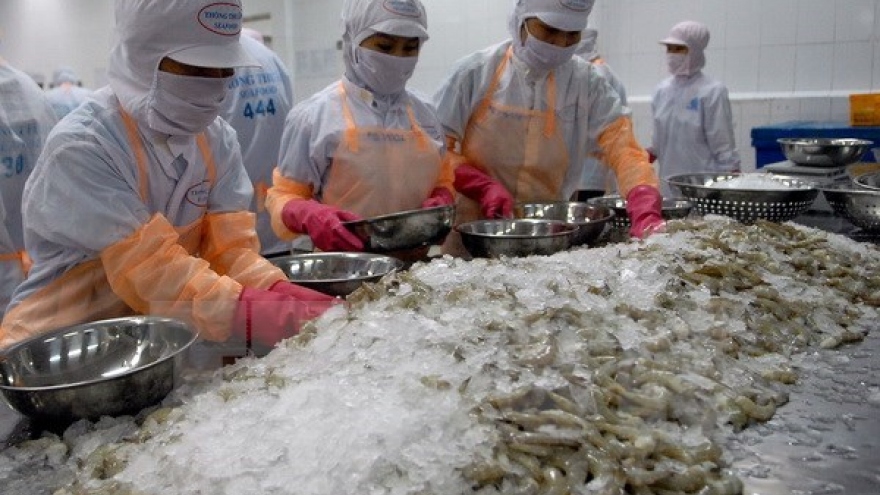Farmers struggle with low sales as more consumers buy imports
Ministries have had to hold meetings to discuss ways to rescue local farm produce as competition from imports continues to cut into sales.
 |
At lunchtime, bank officer Dang Thu Thuy of Hanoi, for example, placed an order via phone 15 kilos of Australian grapes and 8.5 kilos of Rose apples from a fruit shop.
Thuy said she usually buys imported fruit. “Australian grapes are big and sweet, priced at just VND50,000 per kilo. If you get a whole box of Rose apples, you’ll just have to pay VND43,000 per kilo only. The prices are very reasonable,” she said, adding that imports have become as cheap as domestic products.
The owner of a fruit shop confirmed that imported fruit is getting cheaper with prices of some products falling by 50%. American cherries, for example, which sold at VND350,000-700,000 per kilo, are now VND180,000-200,000.
MARD has reported that Vietnam imported US$216 million worth of fruit and vegetables in July and US$852 million in the first seven months of the year. This included US$659 million spent on fruit imports, a two-fold increase compared with the same period last year.
Dao Anh Tuan, director of a fruit import company in Hanoi, said the company only imported fruits grown in temperate zones which cannot be grown in Vietnam, such as kiwi, apple, pea and cherry. But now, it imports mango, longan and coconut which are grown in many areas of Vietnam.
A kilo of domestically grown custard-apple is priced at VND40,000-60,000 only. However, Vietnamese pay VND500,000 for every kilo of Taiwanese products.
Many types of fruits which were only brought to Vietnam across border gates by travelers are now imported through official channels.
Since more and more businesses have joined the market, the competition has become stiff and the selling prices are getting cheaper. In many cases, imports have prices lower than Vietnamese products. Australian grapes, for example, are priced at VND50,000 per kilo, while Ninh Thuan grapes are VND80,000.
Vietnam is a big rice exporter, but Vietnamese prefer imports to domestically grown products. Vibiz.vn, after surveying Vietnamese habits, found that 53% of Vietnamese like rice from Thailand, Cambodia and Japan.
Vietnam grows maize and soybean on a large scale. However, it had to spend US$1.3 billion to import maize and soybeans in the first seven months of the year.


